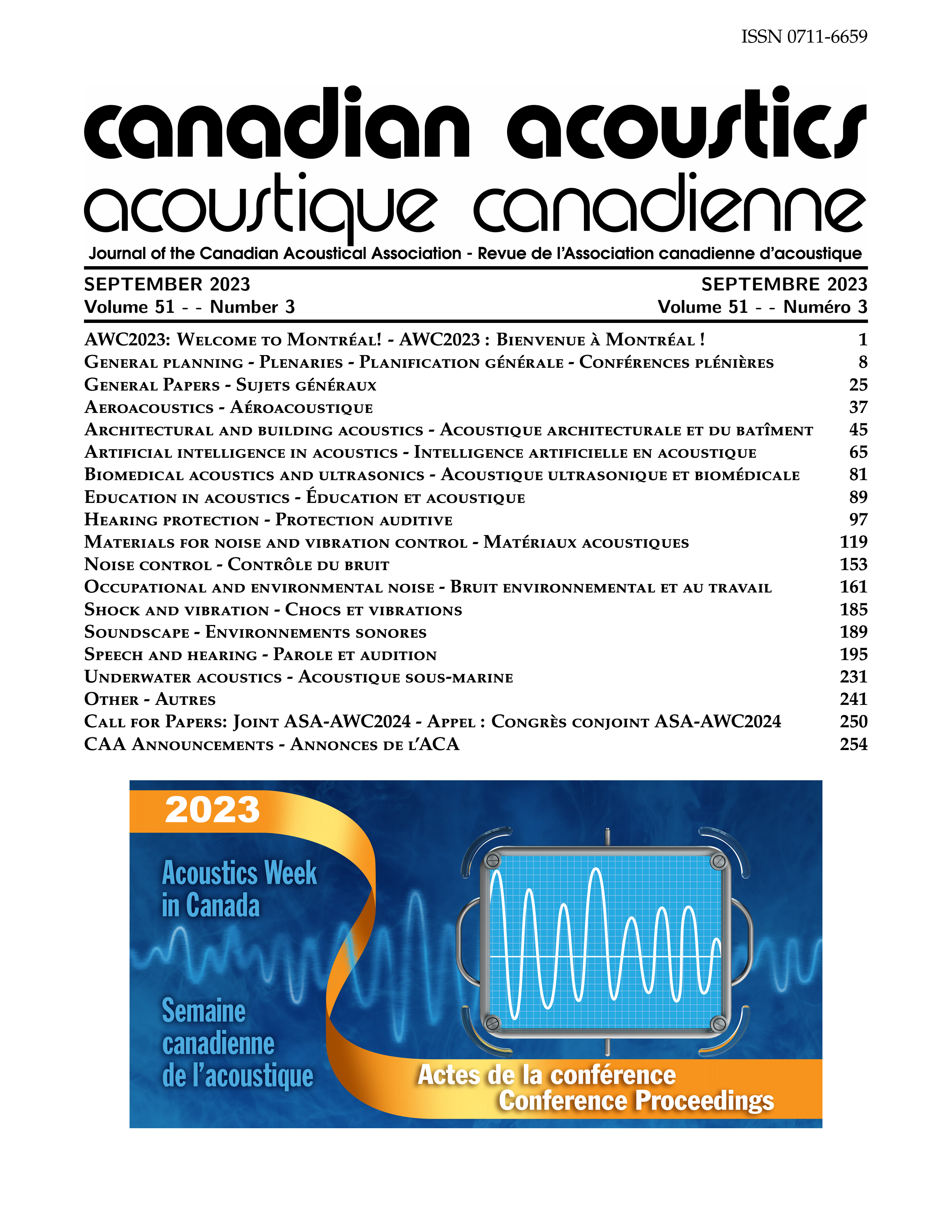The Introduction of Acoustics in Environmental, Social and Governance (ESG) Frameworks
Abstract
The embedment of environmental, social and governance (ESG) issues into an organization’s strategy has been a hot topic garnering tremendous attention for years. Largely aided by guidelines and the United Nations (UN), organizations have been incentivized to develop their frameworks to meet Sustainable Development Goals (SDGs)—17 interlinked objectives to provide a “shared blueprint for peace and prosperity for people and the planet, now and into the future” [1]. To many, the relevance of acoustics in meeting SDGs is obscure. The following paper designs, develops and delivers context necessary to institutionalize acoustical principles that can be adopted in ESG frameworks. Systematically, the individual pillars of ESG are explored by considering the effects of acoustical principles on SDGs—discussing ‘how’ acoustics has or can have environmental impacts (e.g., materials use, energy performance and efficiencies, community and environmental soundscapes), social impacts (e.g., acoustical equity, health and wellbeing, social engagement, individual agency), and impacts on governance (e.g., holistic approach to architectural and environmental acoustics) [2, 3].Additional Files
Published
How to Cite
Issue
Section
License
Author Licensing Addendum
This Licensing Addendum ("Addendum") is entered into between the undersigned Author(s) and Canadian Acoustics journal published by the Canadian Acoustical Association (hereinafter referred to as the "Publisher"). The Author(s) and the Publisher agree as follows:
-
Retained Rights: The Author(s) retain(s) the following rights:
- The right to reproduce, distribute, and publicly display the Work on the Author's personal website or the website of the Author's institution.
- The right to use the Work in the Author's teaching activities and presentations.
- The right to include the Work in a compilation for the Author's personal use, not for sale.
-
Grant of License: The Author(s) grant(s) to the Publisher a worldwide exclusive license to publish, reproduce, distribute, and display the Work in Canadian Acoustics and any other formats and media deemed appropriate by the Publisher.
-
Attribution: The Publisher agrees to include proper attribution to the Author(s) in all publications and reproductions of the Work.
-
No Conflict: This Addendum is intended to be in harmony with, and not in conflict with, the terms and conditions of the original agreement entered into between the Author(s) and the Publisher.
-
Copyright Clause: Copyright on articles is held by the Author(s). The corresponding Author has the right to grant on behalf of all Authors and does grant on behalf of all Authors, a worldwide exclusive license to the Publisher and its licensees in perpetuity, in all forms, formats, and media (whether known now or created in the future), including but not limited to the rights to publish, reproduce, distribute, display, store, translate, create adaptations, reprints, include within collections, and create summaries, extracts, and/or abstracts of the Contribution.


